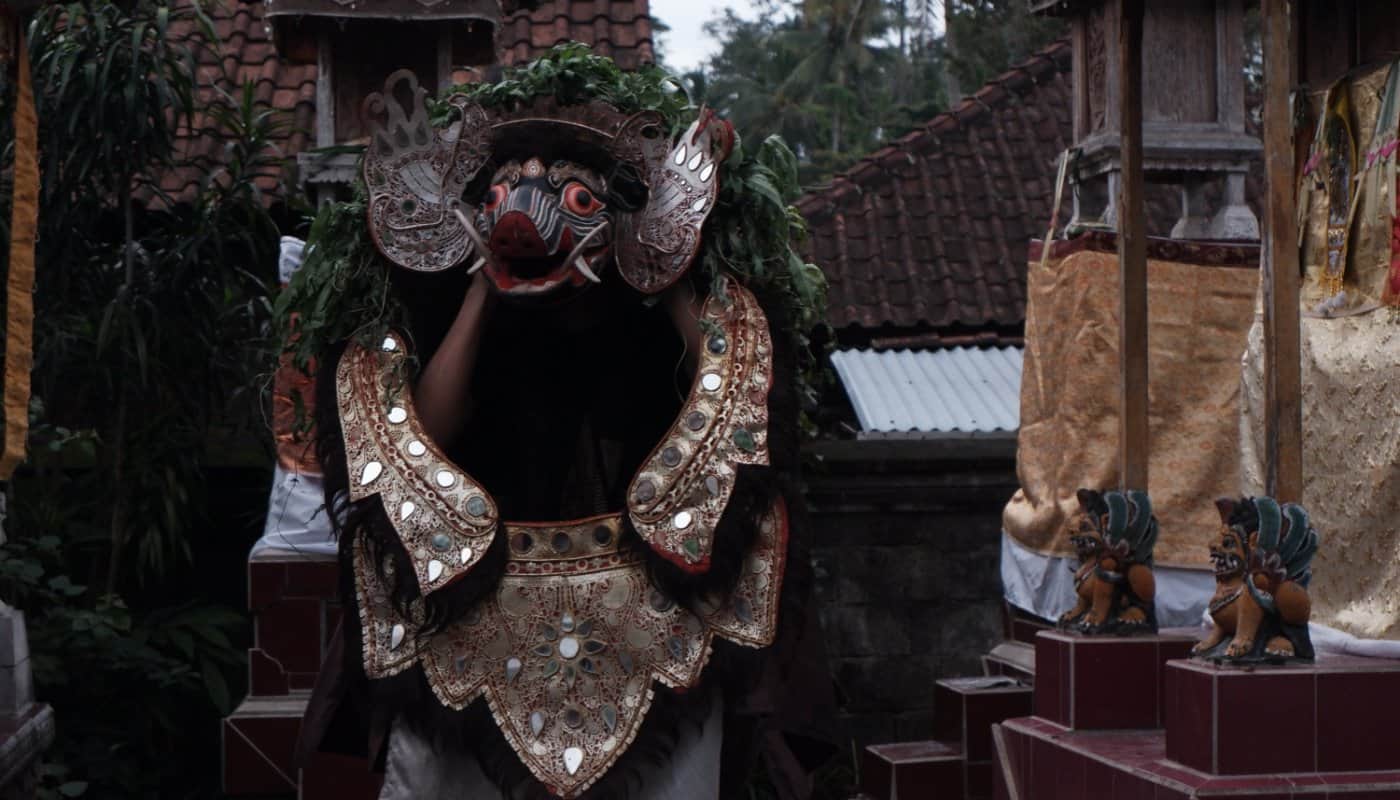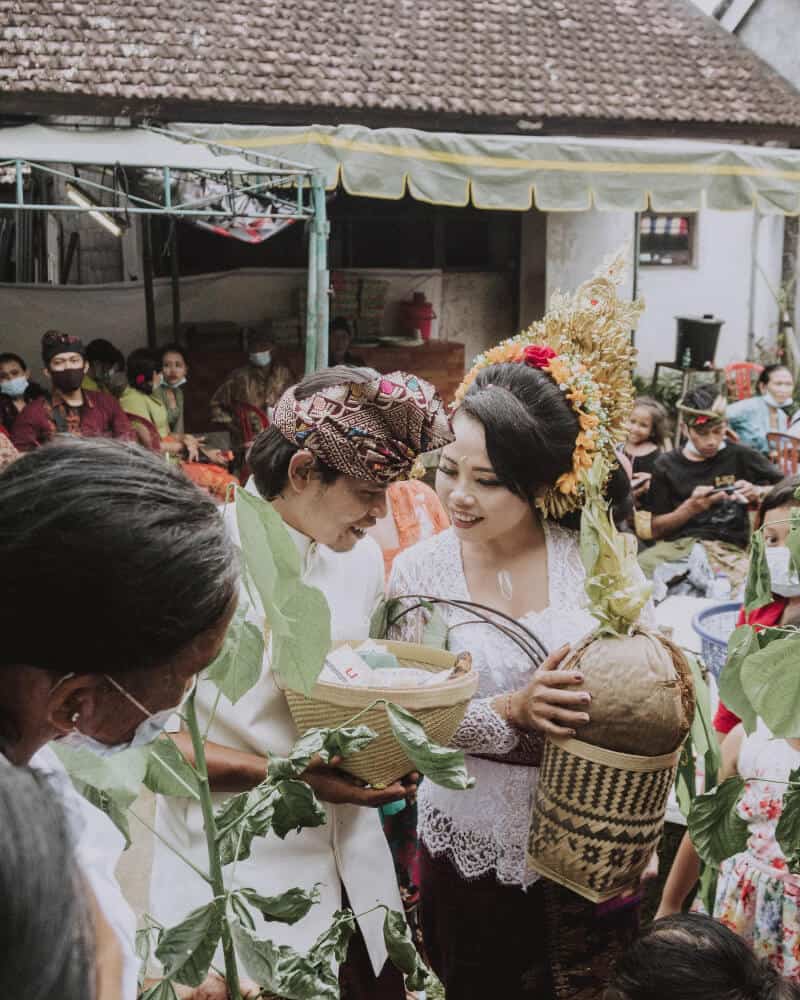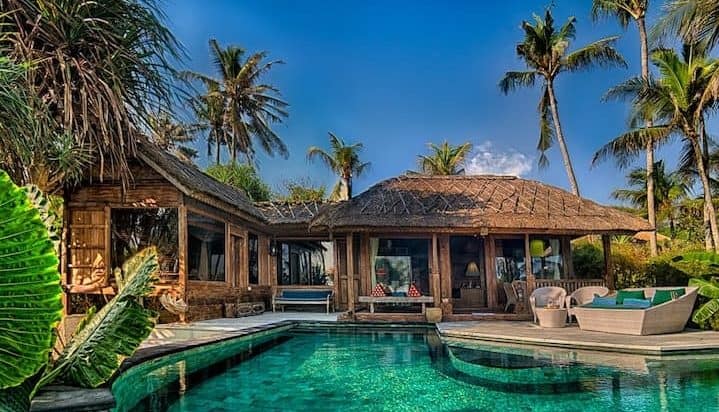All human beings are born free and equal in dignity and rights. It was written in the Universal Declaration of Human Rights by the United Nations – proclaimed in 1948 to protect fundamental human rights.
But, the reality is different. There are still people who don’t respect other human beings and even worse, demean them.
Caste is a way of dividing society by classes. It was considered an effective way to solve social, economic and political problems.
The dividing of society by class has always existed. It is believed that caste systems were created by the Indo-Aryans in 1000BCE, and used to control large populations as they invaded South Asia.
Much of Western Indonesia was under Indian imperial rule in the seventh to twelfth centuries. The caste system survived alongside Hinduism on Bali, but was rejected by converts to Islam and Christianity in the majority of Indonesia.
Balinese children are named based on their family caste, and birth order. They use the Hindu Catur Warna caste system, which is not as complicated as India’s.
Is the caste system in Bali only about differentiating people by name? Is it still used in Balinese people today?
Here is everything you need to know about Bali’s caste system.
The History of the Balinese Caste System

The caste system in Bali has been around for centuries. It began when the island was filled with small kingdoms, and the Dutch came introducing divisive politics.
This colonial government divided Bali into eight administrative regions in 1929. Each raja (king) was required to use the titles and names given by the Dutch.
This is the origin of a caste system in Bali. Or as they called it, the Baliseering policy.
The purpose was to maintain power by the colonials through the hands of rulers, especially Brahmana and Ksatrya, the two highest levels in the caste.
The Balinese caste system is similar to that in India. Both stem from an error in the application of the Vedic-derived Warna (color) system.
However, India’s caste system is much more complicated than Bali’s. Bali Hindu uses a type of caste system called Catur Warna. There are only four castes; Brahmana, Ksatria, Waisya, and Sudra. What’s the difference?
- Brahmana – the highest caste symbolized by the color white. They are mostly religious leaders and saints.
- Ksatria – symbolized by the color red. They are usually royalties, nobles, and soldiers.
- Waisya – symbolized by the color yellow. They serve in public welfare roles like merchants and government employees.
- Sudra – the lowest caste symbolized by the color black. It is mostly farmers and lower class workers. It is the most dominant caste in Bali.
Those who are not included, or outsiders, are called jaba.
In practice, the system is often misused, especially by those in power.
Initially, society was only grouped based on the duties and obligations carried out in social life. It then turned into levels that differentiate a person’s level based on heritage.
Why is Brahmana the Highest Caste?
In the 10th Rig-Veda book which contains the Warna system, it stated: “Brahmana come out of the mouth of Lord Brahma, Ksatria from his hands, Waisya from his thighs or stomach, Sudra come out of the soles of his feet”.
The Brahmana coming from the mouth of Lord Brahma is a symbol that the class is the guru or spiritual teacher. The mouth is the channel for thoughts. The Brahmana’s voices must be heard and obeyed.
The Ksatria, which is said to come from the hands of Brahma, serve as a government class. Hands are needed to carry weapons during war.
The caste system in Bali is conflicting to the basic values of Hinduism. They view all parts in society as having the same importance as each other. As well as seeing all parts of the body as equally important, useful, and mutually supporting each other. There are no parts of the body that are lower in value than other parts, or more noble than others.
The Waisya comes from the belly or thigh of Lord Brahma, that carries the body from one place to another. T\he Waisya are in charge of running the economy.
The Sudra emerged from the soles of Lord Brahma’s feet. As the lowest part of the body, it must serve the other parts above it.
The Triwangsa Caste System
The Triwangsa caste system is also used by some Balinese.
It only includes the top three classes of the Catur Wangsa system; Brahmana, Ksatrya and Waisya. Sudra belongs to Jaba or outsiders.
In Triwangsa, titles are passed down from generation to generation. This is also one of the reasons why caste is still preserved – to respect the culture.
Other Divisions
Not only divided by caste, people in Bali are also distinguished based on groups.
If you happen to be a descendant of the Majapahit kingdom, then you are Wong Majapahit.
But if you are a native who was already in Bali before the expansion of Majapahit kingdom, then you are Bali Aga.
They have different accents, and live in remote or mountainous areas like Danau Batur.
Another group is pasek. In the past, this group received many privileges like being excluded from the death penalty, their property not being confiscated, their women not being toyed with, and granted forgiveness and leniency for their mistakes. Those from this group put pasek in their name.
The Role of the Caste System in Balinese Society

Caste has an important role for Balinese people.
The simplest part is determining their name. With caste, someone’s name is influenced by gender and birth order.
- Based on gender – boys are named with the prefix I, like I Wayan, I Nyoman. Girls use the prefix Ni.
- Brahmana caste – they use Ida as a prefix
- Ksatria caste – the Ksatria caste has a few more choices. They can use Anak Agung, Tjok, Gusti Ngurah or Dewa Agung for boys.
Anak Agung Ayu/Istri, Tjokorda Istri, Gusti Ayu or Dewa Ayu/Desak for girls. - Waisya caste – the previous names for Waisya caste were Ngakan, Sang or Si. These are not as commonly used in modern Bali as the caste begins to blend with Sudra.
- Sudra caste – the Sudra follow the standard rules of Balinese names without any special references.
The birth order of the children also affects their nameL
- The first child – Wayan, Putu, or Gede.
- The second child – Made, Kade, Kadek, sometimes Nengah.
- The third child – Nyoman, Komang
- The fourth child – Ketut
If there is a fifth child, they will start back at Wayan.
Caste even has an affect on Balinese language! There are different levels of politeness within the language, based on which caste are speaking, and who is being spoken to. You can see why Indonesian is more commonly learnt by expats than Balinese.
Bali Caste and Worship
A person’s caste level can determine how they practice their religion.
It is common for those of a lower caste to ask permission to the higher caste in the village to hold a ceremony or celebration. It is an old formality, which isn’t always followed by modern Balinese.
You will also find multiple temples in one place, e.g. Bhujangga on Batukaru, this is because different levels of caste will worship separately. Another formality which isn’t often enforced in today’s Bali.
Balinese Caste System in the Modern World

Nowadays, the majority of Balinese people don’t complicate their lives with caste, and just consider it a formality in a name.
They no longer discriminate. Anyone can become a leader as long as they have the right skills and attitudes. Everyone has the same rights to get, or achieve, things in life.
There are some communities in Bali who still believe in the system. Often in regards to marriage.
It is not permissible for someone to marry from a lower caste. If there is a mixed marriage between castes, the daughter will be disowned from their family, and the husband and wife will be physically punished and banished.
Such laws are rarely used, as they bring shame to the family, and will bring down the prestige of all castes of women. It is a person’s right to marry who they choose, without any limitations.
Bali’s Social Classes
A similar system is still used in today’s modern world for a person’s social class.
Society is also divided into several groups based on socioeconomic status. The classes in society are also classified into four; the upper, middle, working and lower class.
- The upper class is extremely wealthy, powerful and lives on the income of inherited riches. They have more money than they could ever spend. They are crazy rich!
- The middle class, or sandwich class, are usually the white-collar workers. Wealthy enough, prestigious and well educated. They have money, but not as much as the upper class.
- The working class are those who must work very hard for a living. They are minimally educated and often do rough work.
- The last, lower class are usually homeless, poor and unemployed.
Can you see the similarities between the caste system and social class?
Final Thoughts
Even though it was created by the colonials, which have long left the island, castes are still preserved.
Apart from allocating names to the locals, some values of the caste system in Bali cause deep division and issues.
It will never completely disappear, it is a part of the culture of Bali which is very highly protected.
As the island becomes more modernized and developed, the qualities of the caste system will fade. Everyone deserves to be treated equally and respectfully, no matter their descendants.




